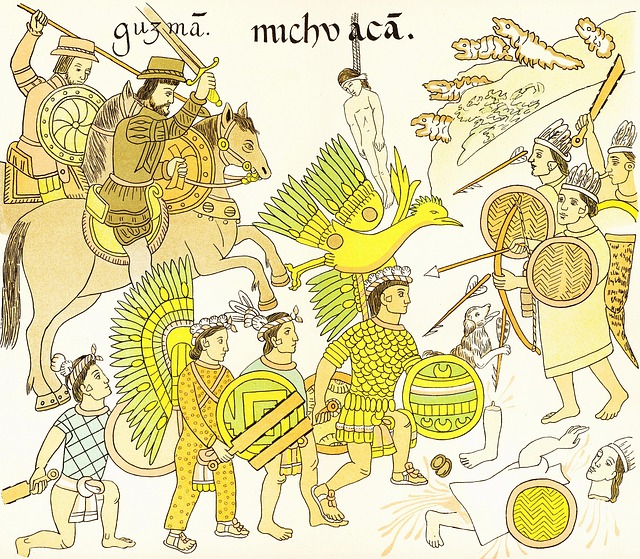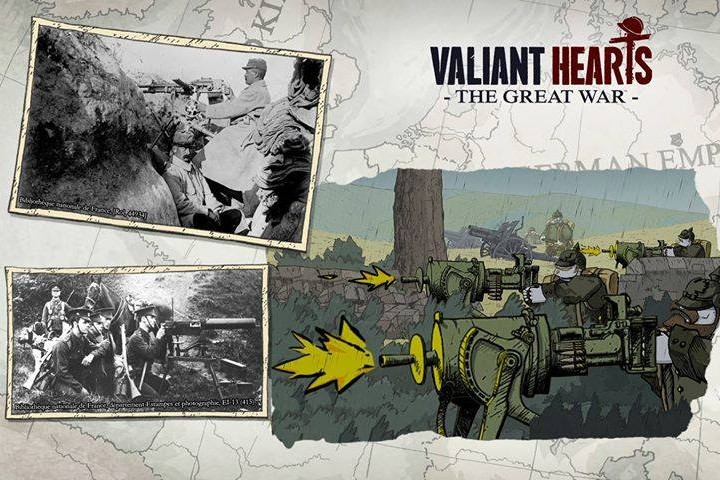The Aztecs had one of the best-developed cultures of the Mesoamerican civilisation – this was partially due to their knowledge of agriculture, architecture and astrology, but was mainly because they had the ability to capture words in pictures, painting and pictogram by using a so-called codex. Through this, they left their knowledge, culture… and brutality for the world to discover.
These codices were made out of buckskin or the bark of fig trees that had been folded into a book. They were then painted and inscribed by skillful writers and artists. The Aztecs used these books not only to note down their stories, but also to keep track of their empire. For example, they took down the payment owed to them by subdued colonies. Yearly cycles were documented, and so were the most important rituals of their religion – their truly bloody religion.
Many of these codices were destroyed when the Spaniards conquered their land, forcing them to convert to Christianity. Many years later, historians and scientists finally took an interest in the few copies left behind after Aztec empire collapsed. They were special in the fact that they were in the form of inscriptions, as the Indians had developed alphabetised script as well as pictographs by then. A codex is a piece of art, one that took many hours of work to bear fruition. They stand as the last remaining witnesses of a lost culture.





